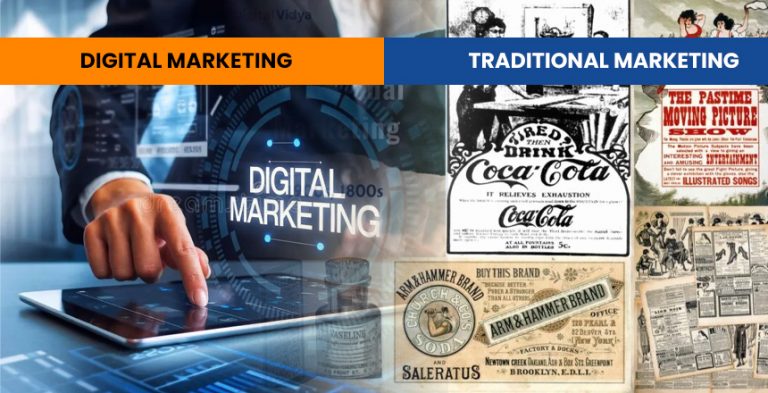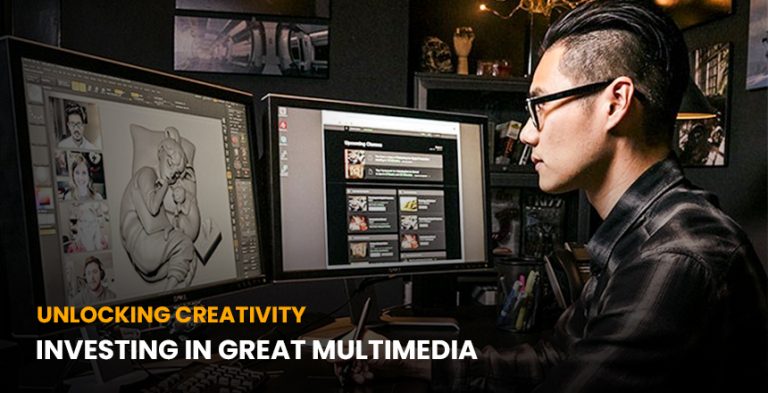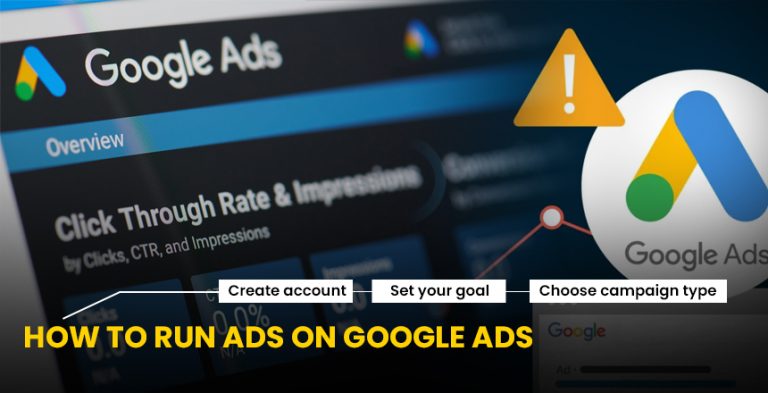With the adoption of digital technologies becoming faster, there is no overemphasis in the role of
UX/UX design. UX and UI design is the blend of art, rationale, and software engineering due to
its intense relation with innovation and web-based applications. Specialists in the sphere are to
design convenient, efficient, and aesthetically pleasing interfaces for digital goods and services.
This is a productive industry that you would wish to join and build a fulfilling career in; it is
possible to complete your professional UI/UX design course in 10 months. On this blog, we will
post strategies and methods on how best to turn your skills and create an impact within this
demanding niche.
Understanding UI/UX Design:
It is important to learn the basics of UI/UX design before moving on to the learning process of
how it works. User Interface/User Experience design includes graphic design, information
architecture, interaction design and research, and human-computer interaction to develop the
best-of-breed digital interface.
While UX design utilizes clear designs to make sure that a product or service is pleasant and
easy to use by the consumer. This entails identifying with the customer, his/her wants and
needs, and how he/she is likely to interact with a particular product.
User interface (UI), on the other hand, concentrates on the look and feel and embodied aspects
of a digital artifact. It is for establishing an appealing and useful external or, more accurately,
user interface.
Developing a Learning Plan:
Your final action plan to follow as a professional UI/UX designer is to create a learning plan.
Here’s a breakdown of what you need to focus on in the next 10 months:
- Research and analysis: Understand what/why/would user research and analysis be and know
tools such as surveys, interviews, and testing. - Information architecture: Gain knowledge about the way in which information is stored and
arranged in a digital product. - Interaction design: Understand key concepts in designing interactions that are both effective to
use and enjoyable. - Visual design: Precisely the technical aspects of UI/UX design, such as the choice of shades
and colors, fonts and typography, and icons and icon sets. - Prototyping and wireframing: Learn how to make low-fidelity and high-fidelity prototypes and wireframes for a better presentation of your design.
- UX writing and content strategy: Unlock the basics of creating compelling copy in your Web 2.0
tools and products. - Soft skills: Communicate, collaborate, and solve problems with others every day because it is
crucial for any design team.
Choosing the Right Learning Resources:
In order to be able to learn UI/UX design in the time span of 10 months an equal amount of
investment should be made in the learning material. These can be web-based courses,
textbooks, tutorials, webinars, and workshops. It is also possible to learn online, and prominent
online learning platforms are Coursera, Udemy, and LinkedIn Learning. They include the best
blogs and articles to read, the best & informative YouTube channels to subscribe to, and there
are articles, blogs, and YouTube tutorials that offer basic knowledge of UI/UX design for free.
Building a Strong Portfolio:
Another important one is portfolio building, where you can show the collection of your works,
your abilities, and design for the clients and employers. When you use it and when you are
doing your projects, be sure to create a portfolio of your finest and most effective work,
presenting perfect UX, UI, and graphic design skills.
It is crucial that your submission features a number of projects that clearly exemplify your
problem solving, design thinking and best attention to detail. It should also contain your
workflow, research, wireframes, prototypes, and designs, final and last. It enables the potential
client or employer to not only see the end result but also the idea process of your designs.
Networking and Staying Updated:
As the UI/UX design industry is rapidly growing, there appear new tools, new technologies, and
new trends regularly. For one to embark on a successful business venture, they need to
continuously update themselves on the ongoing trends and innovations in their line of business.
Engage in online groups, go to seminars, and attend business meetings to be related to other
professionals in the sector.
Securing Your First Job:
Last but not least, having learned and accumulated experience, having collected your portfolio,
and having done some work on personal projects, it is high time to find a job in the wished
domain. It is useful to apply for a job using various methods, such as the Internet and social
networks, especially LinkedIn, or simply get a recommendation. Expect a skills, experience, and
passion interview with special focus on the UI/UX design during the job interview process.
Conclusion:
This means that one can be a professional UI/UX designer after 10 months of learning if only he or she does so seriously and uses relevant resources when studying. To start your own UI/UX design career in the ever-growing industry, it is best to master the basics of UI/UX design, formulate the way you want to learn the right and best materials to learn based on your tactics, create a portfolio to show your skills, network around you, and constantly update yourself.








